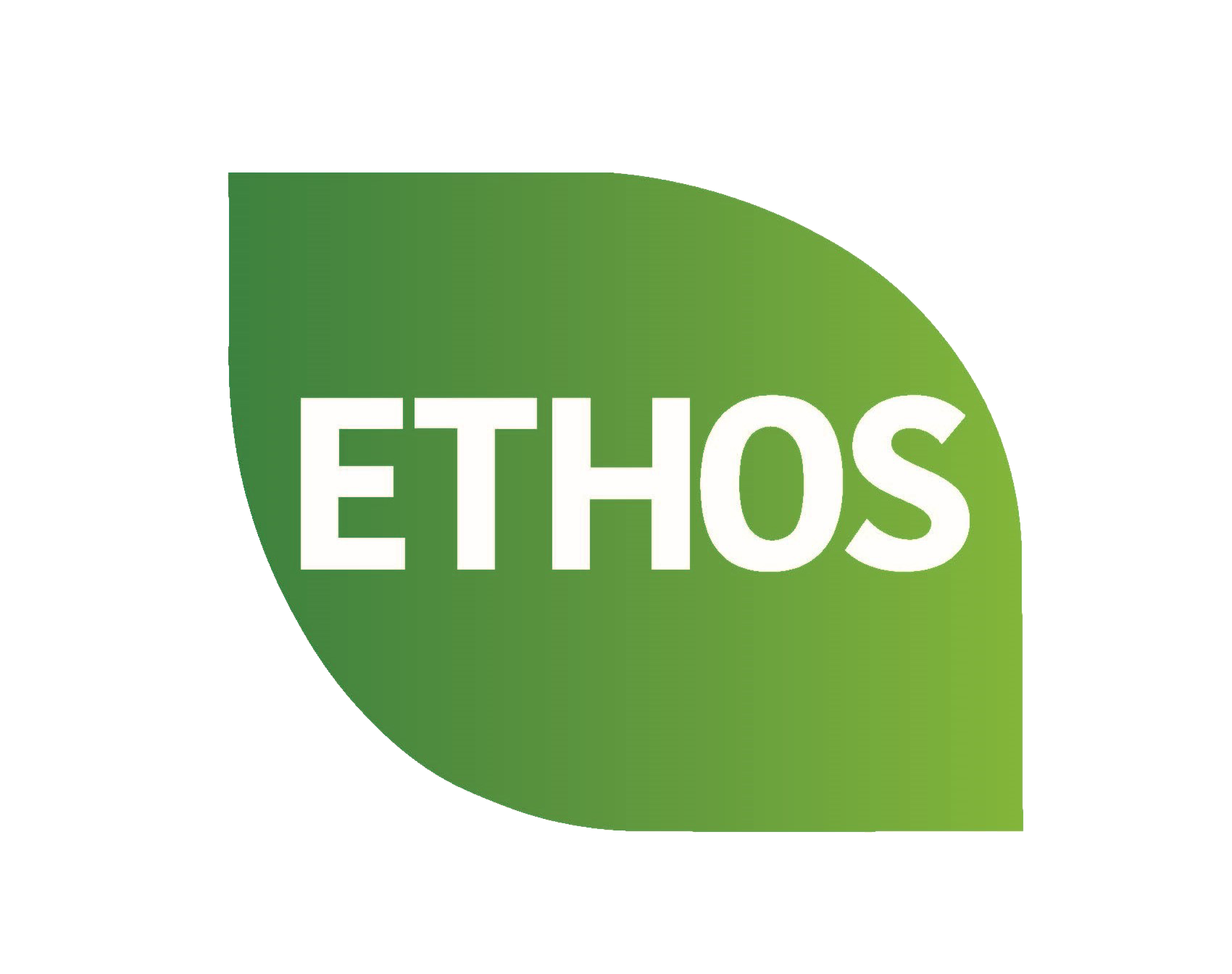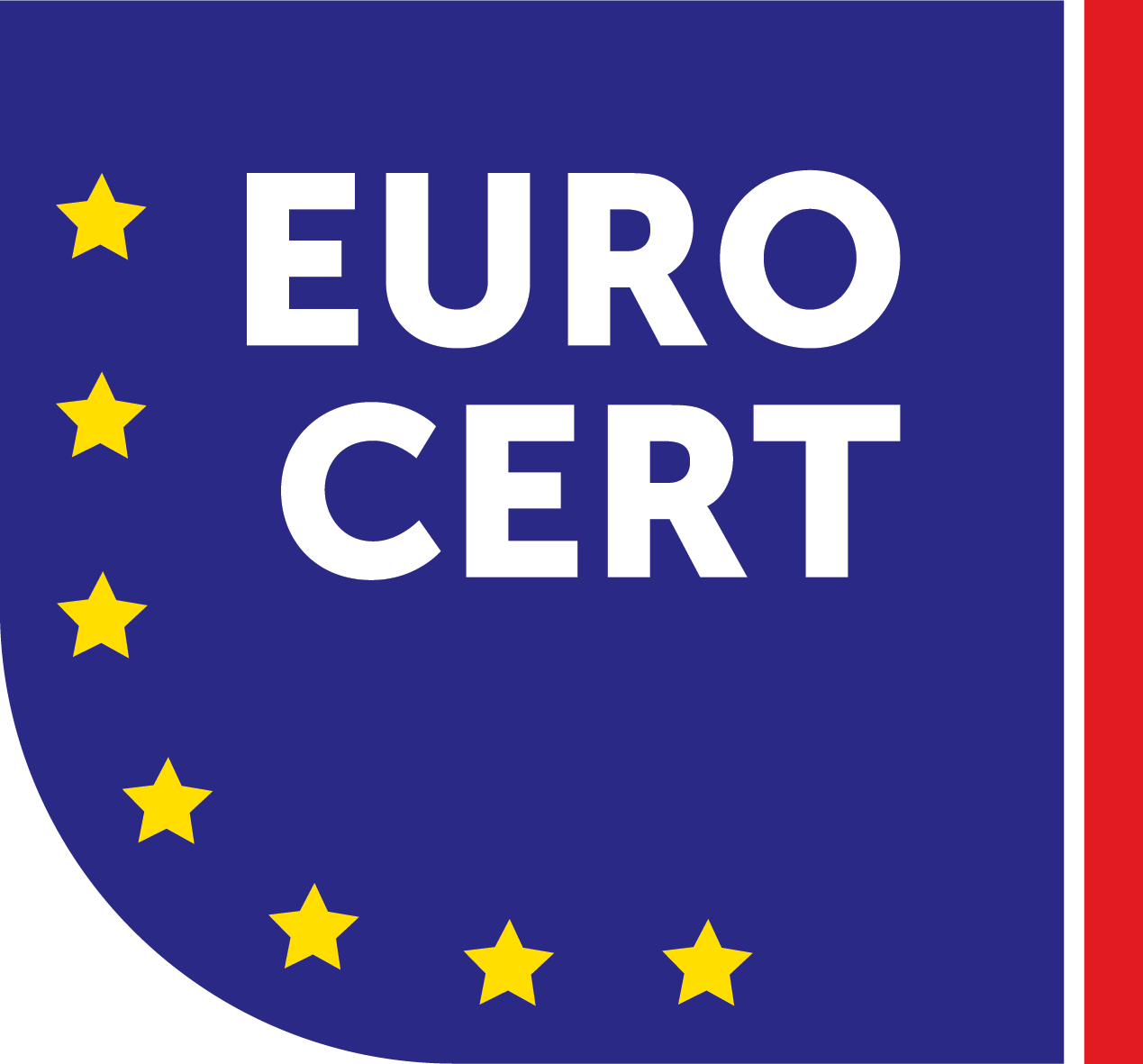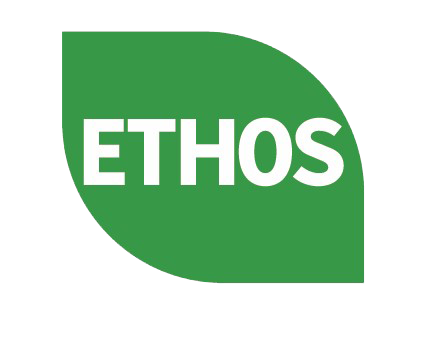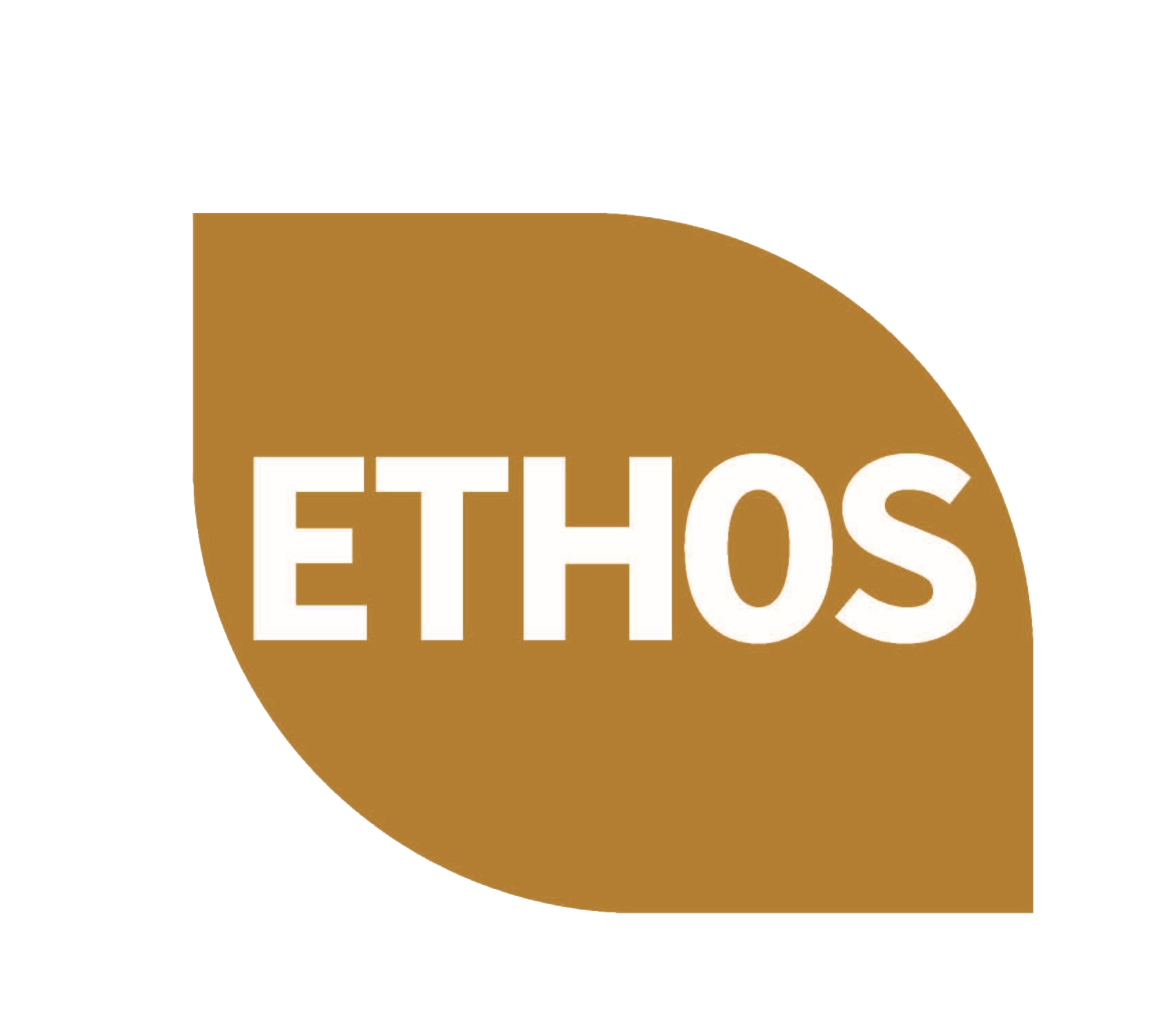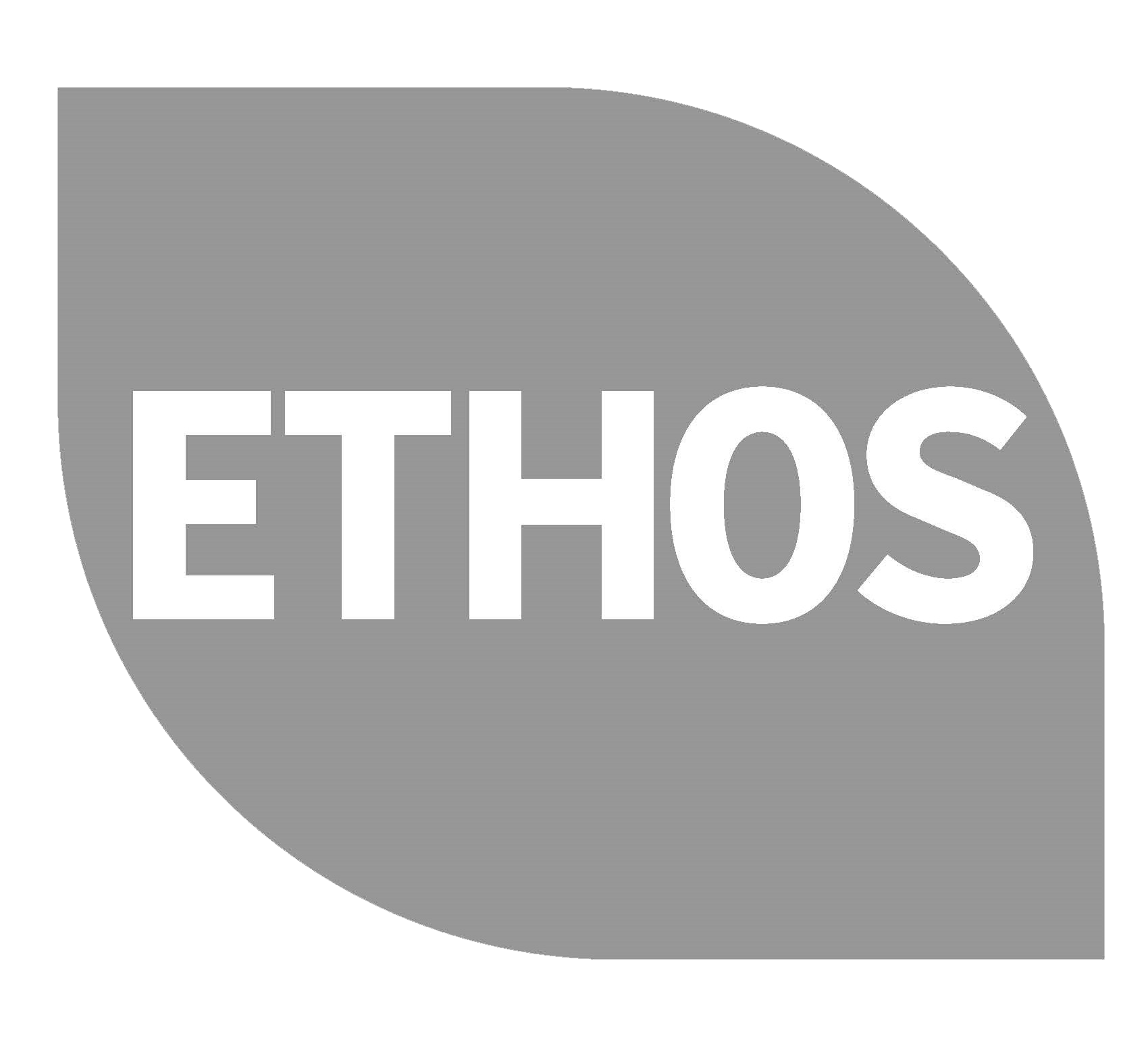HPDC offers a HPD is a standardized report that is used to disclose the contents of building materials, as well as their possible human health effects and hazards. Health Product Declarations are developed by the requirements of the Open Standard, which describes the format and directions for reporting a product’s contents and the related health data. Furthermore, they are considered to be complementary to life cycle documentation, like Environmental Product Declarations. Based on scientific, toxicological, and epidemiological research, HPD reports include screenings that list product ingredients and associated hazards.
An interactive HPD Builder online, where product companies and manufacturers can publish HPD reports that are entered automatically into a free, public database. In order to be verified, reports must be in compliance with all requirements of the HPD Open Standard, represent all information accurately, and provide all relevant documentation. The output Health Product Declarations (HPDs) provide full disclosure of the potential chemicals of concern in products by comparing product ingredients to a set of priority “hazard” lists based on the GreenScreen for Safer Chemicals and additional lists from other government agencies.
The HPD Open Standard can be used in tandem with various green building programs and standards, including LEED, BIFMA, WELL, Clean Production Action, Google Portico, and Living Product Challenge.
